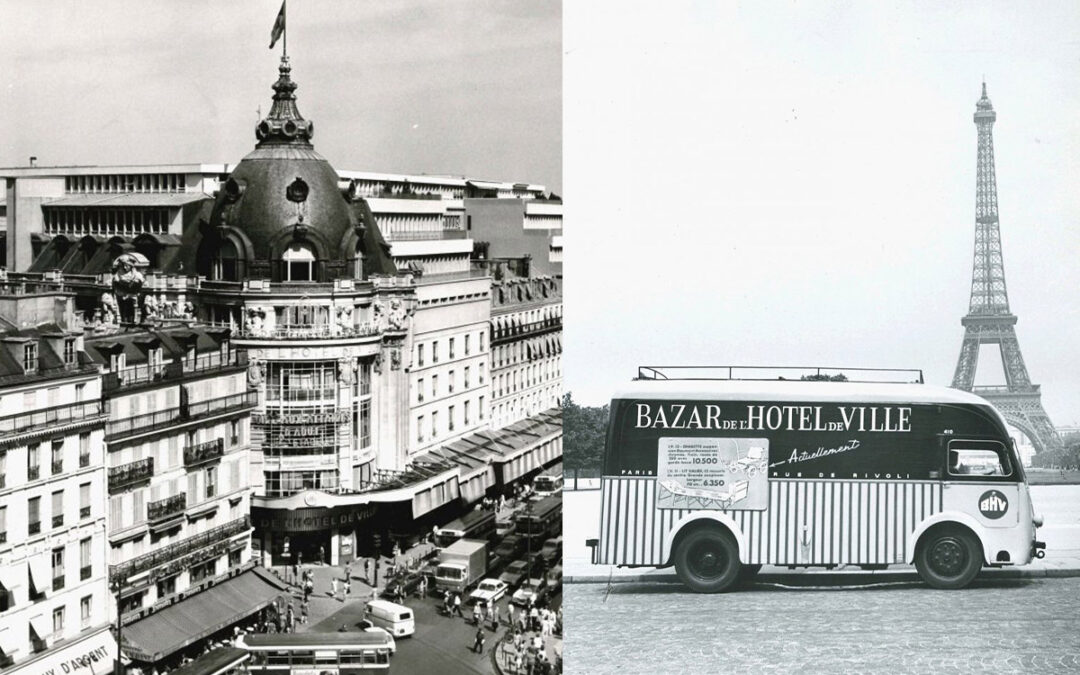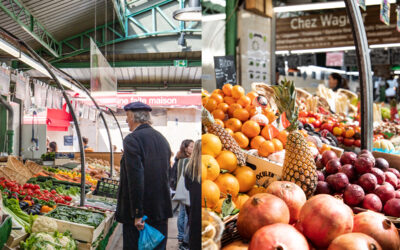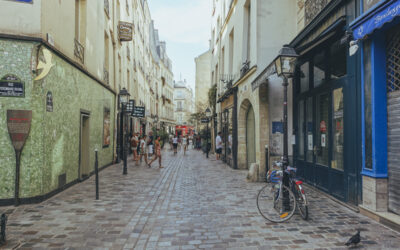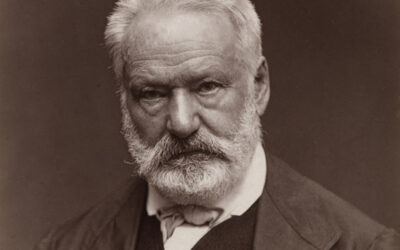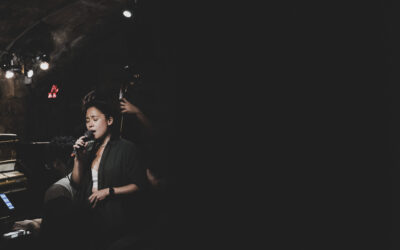Facade of the BHV after the elevations by the architect Louis Arretche, 1966 © Archives BHV Marais (l.), Delivery Van, 1952 © Archives BHV Marais
If there is a reliable indicator of the power of attraction of the Marais "brand", it is this: in 2013, the Bazar de l'Hôtel de Ville, or BHV - one of the department stores of reference in Paris, with Le Bon Marché and Galeries Lafayette – chose to rename itself “BHV Marais” to better position itself “in trend”. This development is the latest change in an almost two-hundred-year history that began in 1856.
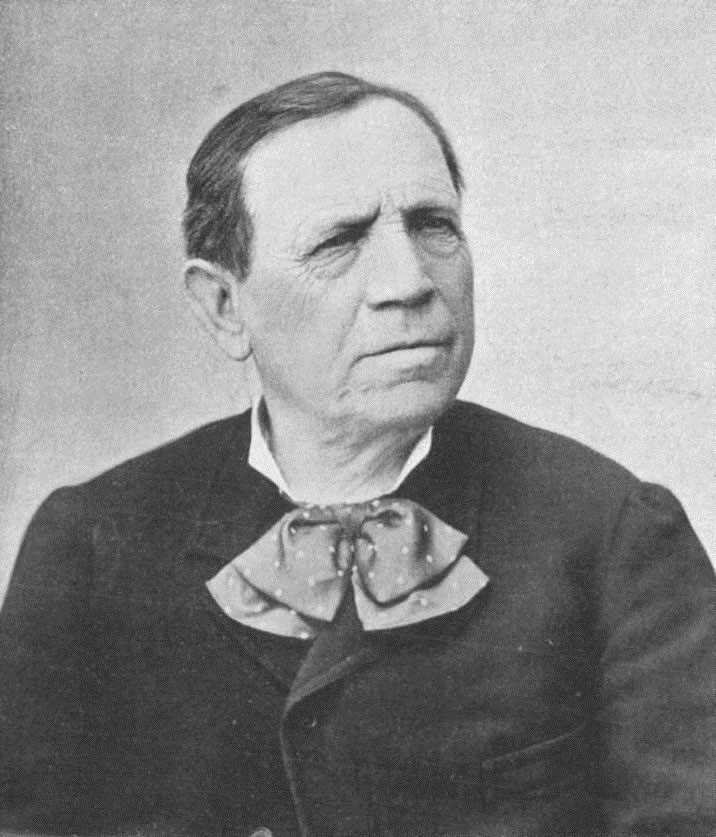
Mr. Xavier Ruel, municipal councilor of Paris, Puchot Marmand
That year, salesman Xavier Ruel founded the brand new business “Ruel Jeune” at 54, rue de Rivoli. From the outset, it was nicknamed “Napoleon Bazar”: rumor has it that Xavier Ruel rescued Empress Eugénie in front of her store while her horses were rearing.
Touched by this act of bravery, the wife of Napoleon III thanked him in hard cash. Wisely, the lucky savior used this large sum to found his “bazaar”, in reference to the Persian trading places of the XNUMXth century where food, clothing, jewelry, pottery and other goods could be found.
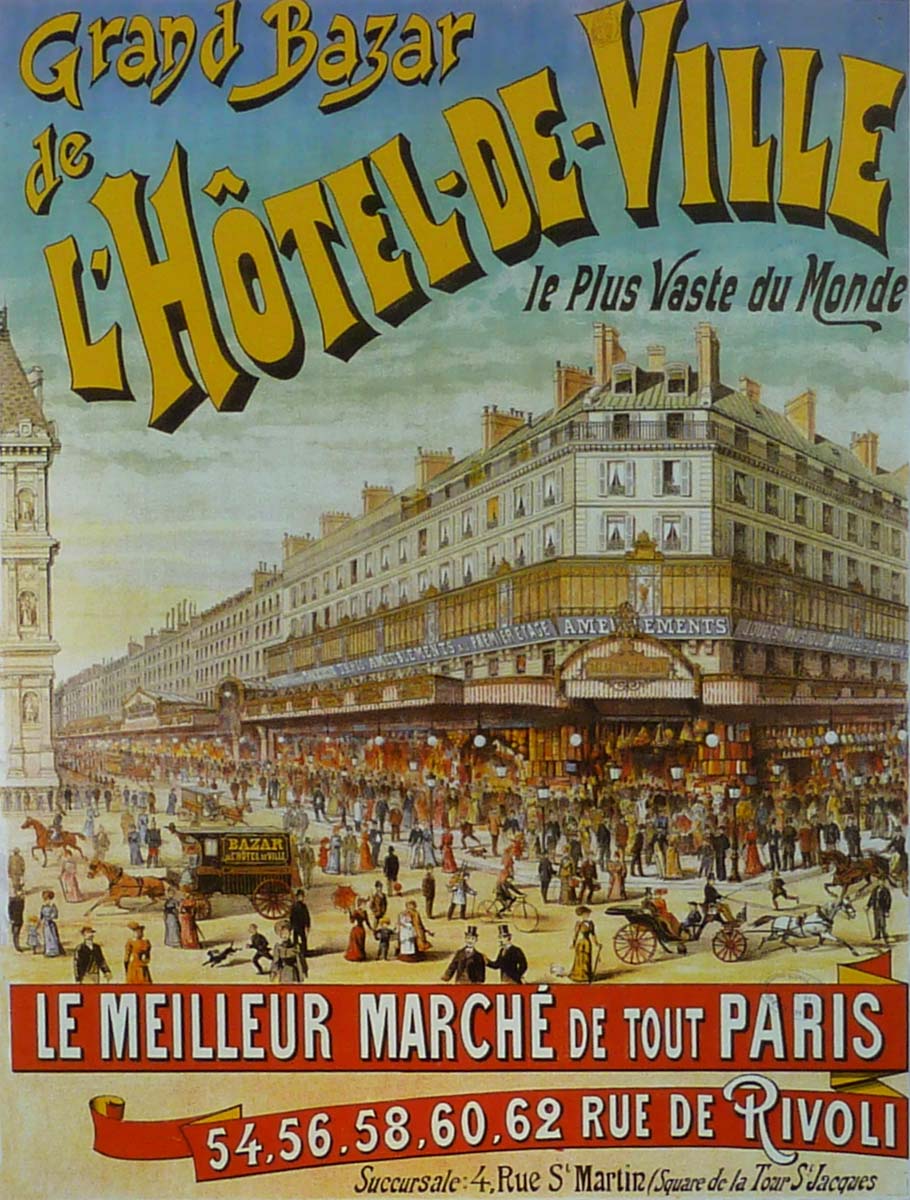
Poster for the Bazar de l'Hôtel de Ville in 1891 by Emile Levy (1826-1890), photo of a reproduction displayed in front of the store during an exhibition
In 1860, he renamed his establishment “Bazar de l’Hôtel de Ville” and placed his wife, Marie-Madeleine Poncerry, in charge. The brand, which offers a very wide range of manufactured products, presents itself as “the best market in all of Paris”. The items are sold at fixed prices and low enough to attract a large clientele, from the middle or even working classes.
During the Paris Commune in 1870, Xavier Ruel distinguished himself by helping his employees provide for the needs of their families. Better yet: he distributes bread and food to Parisians daily. For these good deeds, he was knighted in the Legion of Honor in 1893.
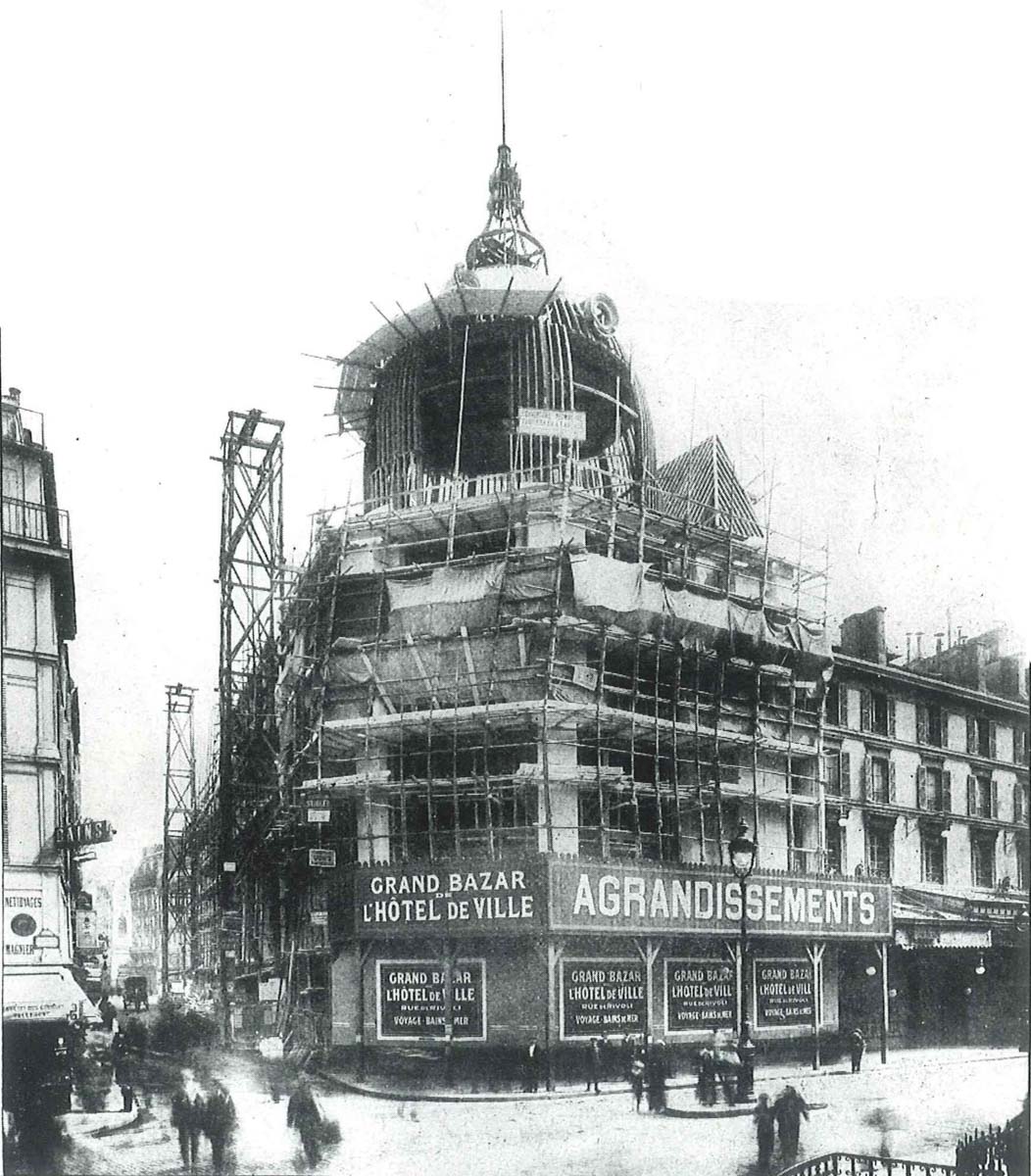
15 days before the inauguration, Modern commercial buildings in the magazine “Je sais tout”, October 15, 1913 © Archives BHV Marais
When he died in 1900, the bazaar owner left behind a successful business that employed 800 employees. His son Henri Viguier takes over. In 1913, he directed extensive redevelopment work on the structure of the Bazar, according to the plans of the architect Auguste Roy, completing the modern structure of the building and its rotunda which is the identity of the BHV.
Brand new, the new Town Hall Bazaar was inaugurated on October 6, 1931, after 21 months of work. Its art nouveau style and neoclassical architecture attract more and more visitors. Including a certain Marcel Duchamps who obtained a bottle rack there and used it to create his first “ready-made”, these famous “ready-made” objects that the artist selected and exhibited for their aesthetic neutrality, a few years before the exhibition of its famous “Fontaine” urinal.
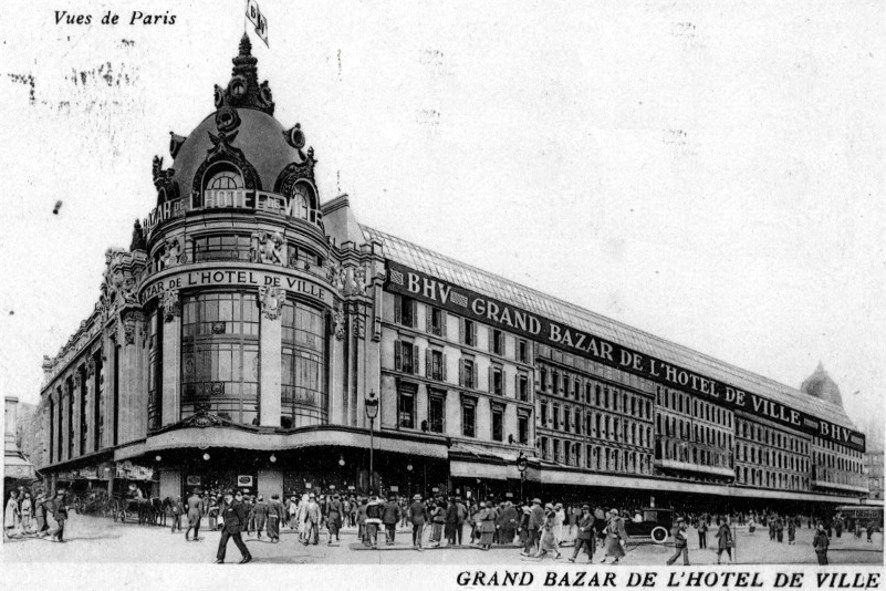
The BVH in the 1920s
After the Second World War, the offer and organization of the BHV were rethought. In the basement, departments specialize in tools and DIY. The bazaar adapts to the times and the customs of successive eras: in 1975 following a baby boom, the offer of products linked to interior design and maternity increased.
BHV is also one of the first stores to offer home delivery, customer service and late-night opening. Another turning point: in 1991, the BHV joined the Galeries Lafayette group. Renamed BHV Marais, it is one of the first Parisian department stores to open on Sundays from 2016.
Today, after 166 years of existence, BVH Marais has subsidiaries in Dubai and Beirut. In Paris, the Maraisian brand has a roof top which, on sunny days, offers a breathtaking view of the town hall which gave it its name.
BHV Swamp
52 rue de Rivoli, 75004 Paris
Monday to Saturday 10 am to 20 pm
Sunday from 11 p.m. to 19 p.m.
Tel: +09 77 40 14 00
Text: Morgane Joulin
09.03.22
FOR PASSIONATES OFUS
The Enfants Rouges market, everyone loves it
Restaurants, merchants, a photo store, a bookstore... This is how the Red Children's Market presents itself, unique in its kind in the Marais and its capital because it is the only one to offer such a varied and varied range of restaurants. qualitative.
The Marais Jewish quarter in Paris
From the 13th century, the Marais was home to a Jewish community which remained there until its expulsion in the 14th century. Fleeing poverty and persecution, Jews from Eastern countries and those from Alsace settled there in the 19th century. Around rue des rosiers and Place Saint-Paul renamed Pletz…
Victor Hugo, the writer with a thousand talents
Born in 1802, Victor Hugo became a social writer, a playwright, a poet, a novelist and a romantic designer. Nicknamed the man-ocean then the man-century, he is a political figure and a committed intellectual. He found success with Notre-Dame-de-Paris in 1831 and with Les Misérables in 1862.
NOW ON THE MOOD MARSH
Jazz at 38Riv: The highlights of May
The only jazz club in the Marais, 38Riv is the temple of cool and swing. Rue de Rivoli, between Saint-Paul and Hôtel de Ville, its vaulted cellars are the home base of the new jazz scene. Every evening, the magic happens.
The Enfants Rouges market, everyone loves it
Restaurants, merchants, a photo store, a bookstore... This is how the Red Children's Market presents itself, unique in its kind in the Marais and its capital because it is the only one to offer such a varied and varied range of restaurants. qualitative.
The Marais Jewish quarter in Paris
From the 13th century, the Marais was home to a Jewish community which remained there until its expulsion in the 14th century. Fleeing poverty and persecution, Jews from Eastern countries and those from Alsace settled there in the 19th century. Around rue des rosiers and Place Saint-Paul renamed Pletz…

